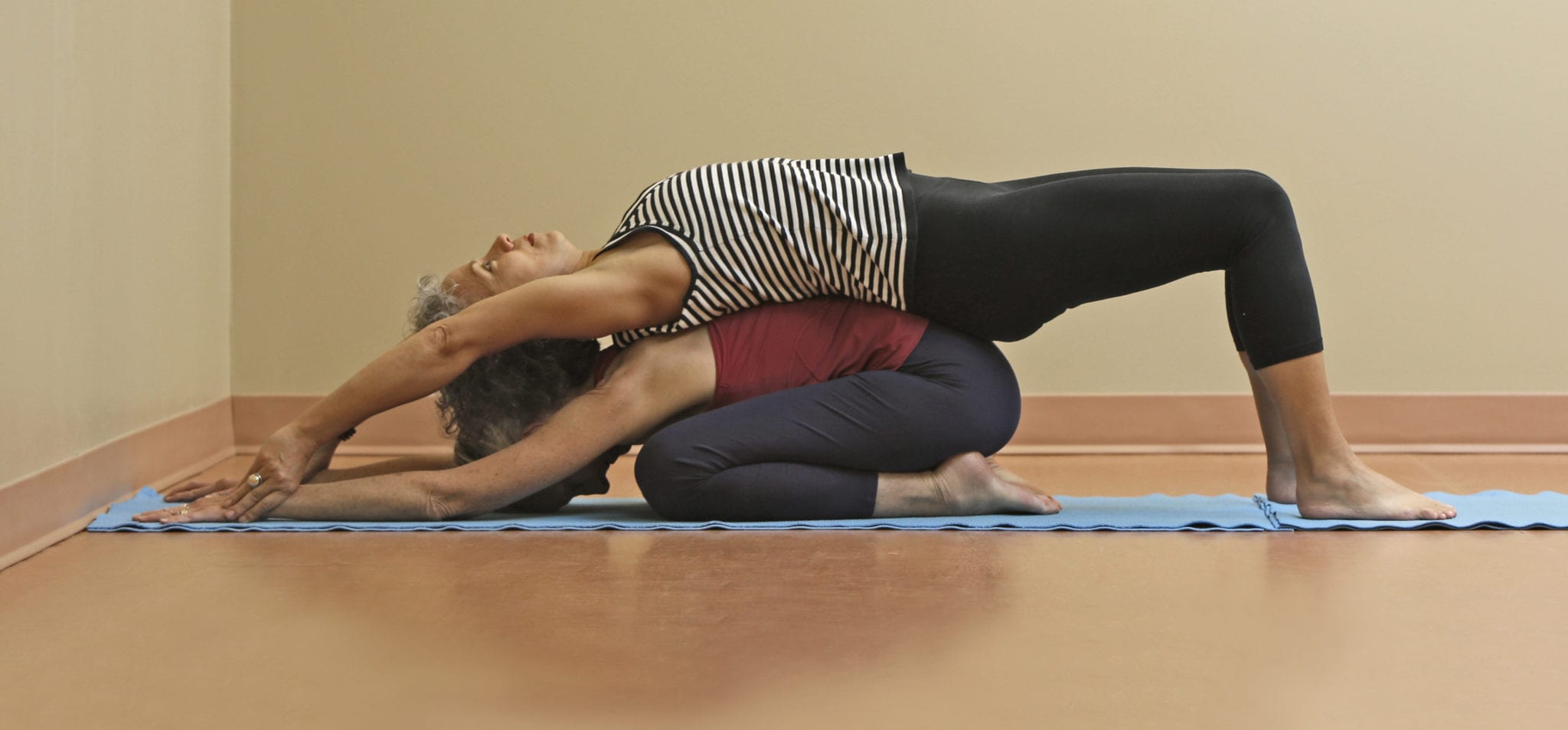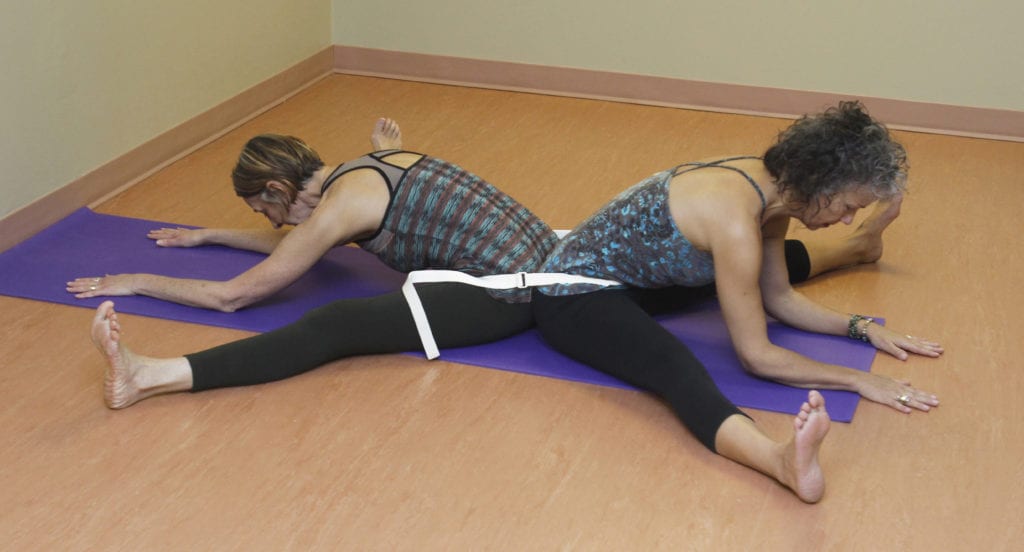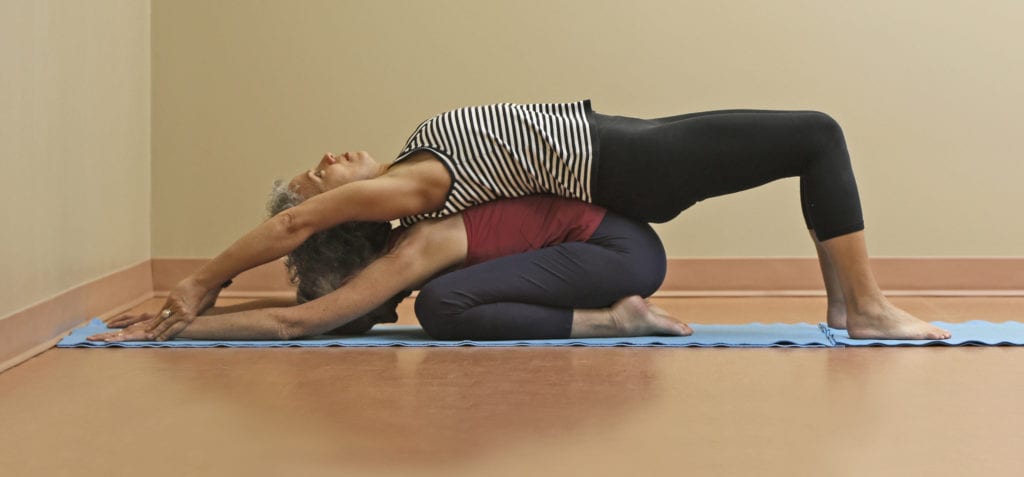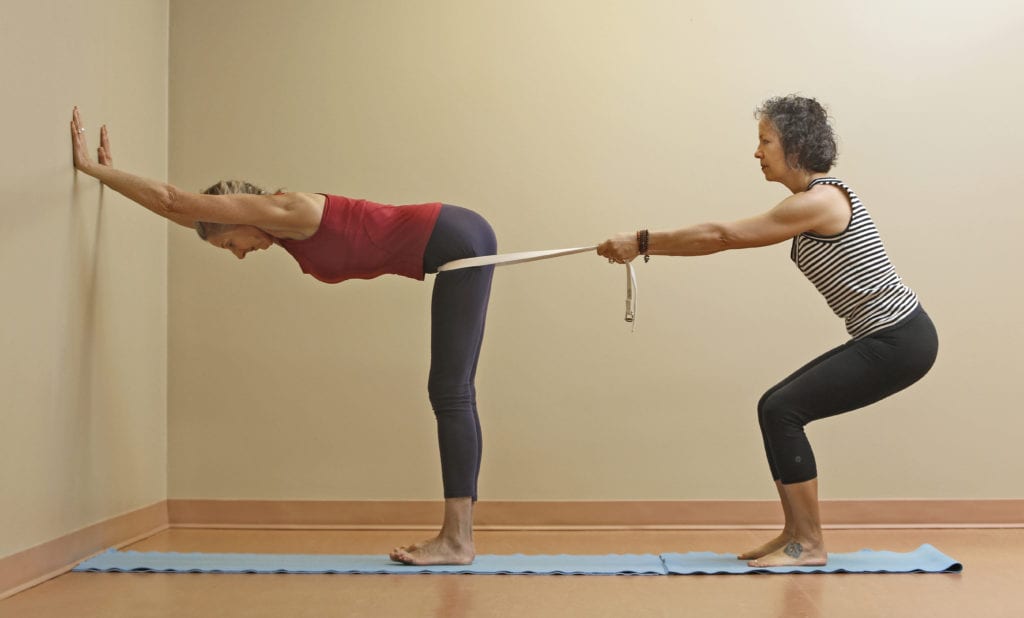We have a favourite saying in yoga: “What we cultivate on the mat, we are likely to practise and live off the mat.” As with any practice, the more we engage in it, the deeper the groove formed in our brain. Neuroscience tells us each groove in our grey matter reflects a habitual pattern of thought or behaviour. The deeper the groove, the deeper the habit, which is why repetition aids our bodies and minds in learning, growing and changing. Of course, deep grooves in our brain also form as a result of repeated self-defeating habits such as negative and judgmental thinking. Negativity and judgment, whether self-inflicted or projected onto others, chokes our ability to build a healthy self-esteem and thus to relate with integrity to those around us.
The first limb of yoga (the Yamas) teaches us how to live with integrity by purifying our behaviour toward others. There are five Yamas we first practise on the mat in order to then practise in the outer world. Practising the Yamas below makes conscious the attitude we hold toward our external experiences with people and planet.
Ahimsa: loving kindness (non-violence)
Satya: truthfulness (first with self then with others)
Asteya: non-stealing (appreciating not coveting)
Brahmacharya: moderation (in all things)
Aparigraha: non-possessiveness (letting go of desire/control)
Because we are social beings, often a day doesn’t go by without some form of interpersonal interaction. Given the amount of contact we have with others, one would hope repetition improved our relations. However, when interviewed, most people agree they could do a better job of relating to others. Practising the Yamas in the series of partnered poses below provides us with just this opportunity.
Helping each other in the partner series requires working together with open communication so no one gets hurt. It is important to do no harm to yourself or your partner, which means being truthful about your own experience in each pose and opening yourself to trusting both your body and your partner. Remember, a moderate level of effort reaps healthy reward without the stress, pain or injury induced by extreme energy outputs.
As is often the case in any pairing, one member of the partnership may be more skilled or stronger than the other. In this situation, appreciate their greater ability rather than envying or coveting it. This is often easier said than done given our society rewards high performance. Nonetheless, appreciation opens our heart and head for learning about what is currently unavailable to us. On the other hand, if you are the stronger partner, let go of your desire to fully express the posture and work at a level that is kind and not harmful to you both. Letting go of the desire to be the best and steal the show begins to release the habit of comparing ourselves with others.
Ask a family member or friend to join you in the yoga practice below. With each pose, practise respect and gratitude for your body and trust that the gift of loving kindness will build an even more wonderful relationship with your partner.
Action: Be aware! Take time to place your body securely and comfortably into your pose. As your partner moves into their pose, feel where their body contacts you and how you are impacted. Communicate honestly! Be truthful to yourself when you need to come out of the pose and then let your partner know so you both can release safely. For more advanced pairs, practise the actions above but experiment with longer holds (five-to-10 minutes).
UPAVISTHA KONASANA (Wide Angle Seated Forward Bend pose)
Both partners sit back to back with sacrums even (if one partner needs to sit on a height, the other partner must as well). Secure one belt around both of your hip creases (below the front hip bones). Inhale in the upright position, then exhale and fold forward at the same time. Stay for three-to-five minutes.
BALASANA and SALAMBA DWI PADA PITHAM (Child’s pose and Supported Wedge pose)
Partner 1 moves into Balasana with knees together and head resting on the floor or a support. Partner 2 begins by sitting onto P1’s buttocks and then rolls onto P1’s back lining up their sacrums and spines as much as is possible. When one partner wishes to release, come out mindful of each other, change roles and repeat.
WALL STRETCH and UTKATASANA (Wall Stretch and Queen’s Chair pose)
Partner 1 comes into Wall Stretch with hands at chest height. Partner 2 places a belt around P1’s hip creases and lightly draws back as she bends into a semi-squat position. When one partner wishes to release, come out mindful of each other, change roles and repeat.
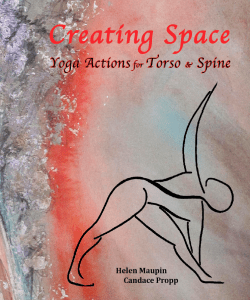 Winnipeggers Helen Maupin (www.righttojoy.com) and Candace Propp (www.natureofcontentment.com) are 500-hour certified yoga teachers and authors of the Creating Space: Yoga Actions book series. To purchase these books, visit their websites. For yoga teacher training with them and Stacy Schroder, go to www.sereneyogastudio.com.
Winnipeggers Helen Maupin (www.righttojoy.com) and Candace Propp (www.natureofcontentment.com) are 500-hour certified yoga teachers and authors of the Creating Space: Yoga Actions book series. To purchase these books, visit their websites. For yoga teacher training with them and Stacy Schroder, go to www.sereneyogastudio.com.

